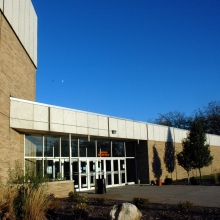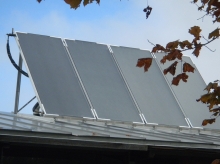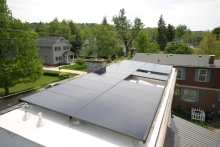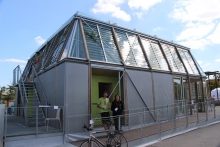Cost Control and Productivity
In order for the construction industry to achieve real gains in productivity, new work habits and workflows must be adopted. Fortunately, new tools and technologies can help with this process.
Each day, the members of the team talk with one another to verify tasks for the day. Each week, the superintendent holds foreman�s meetings to gather and disseminate information to the field. Each month, the general contractor meets with the subcontractors and suppliers to verify approval and release of materials. A strong and productive project depends on this type of structure and diligent methodology.











